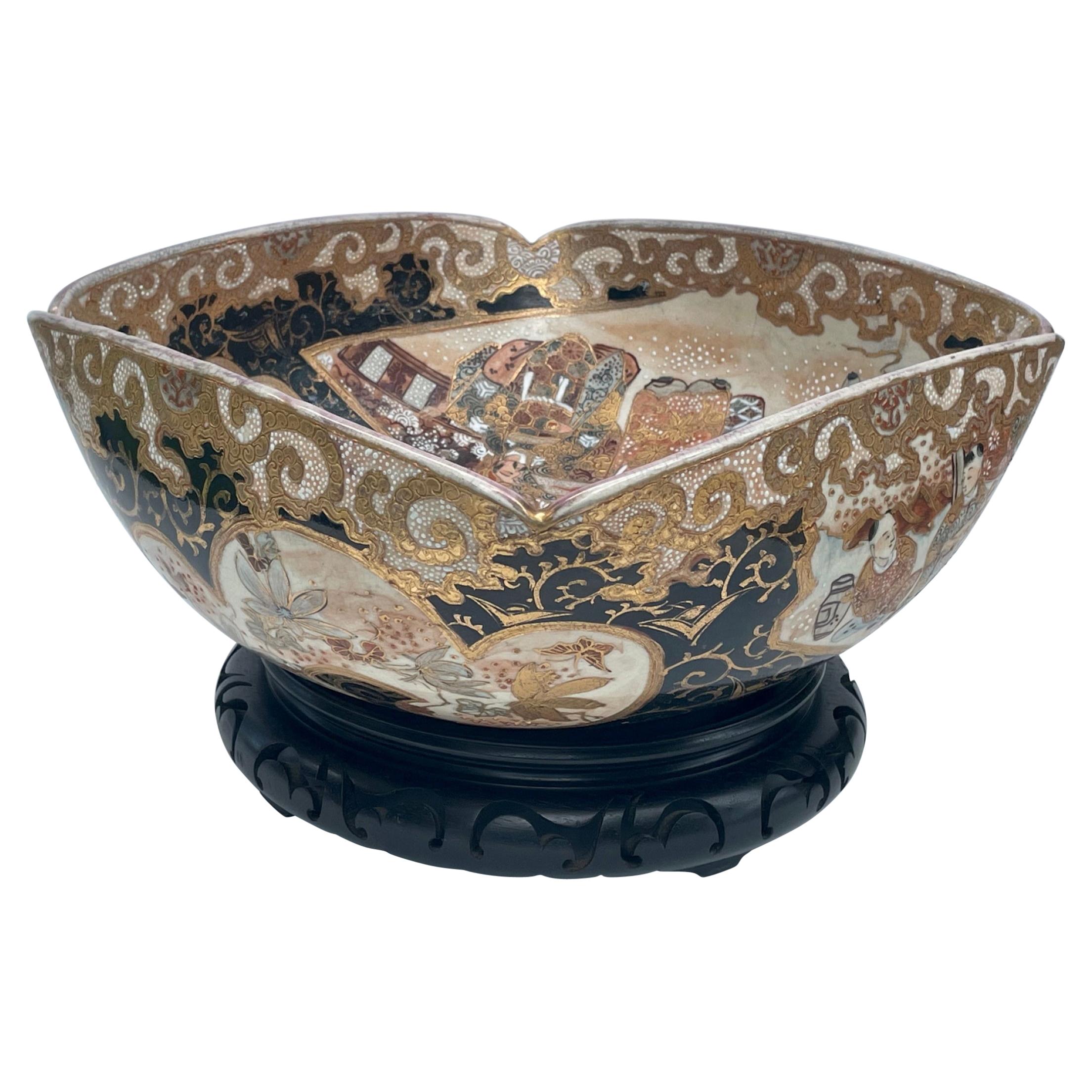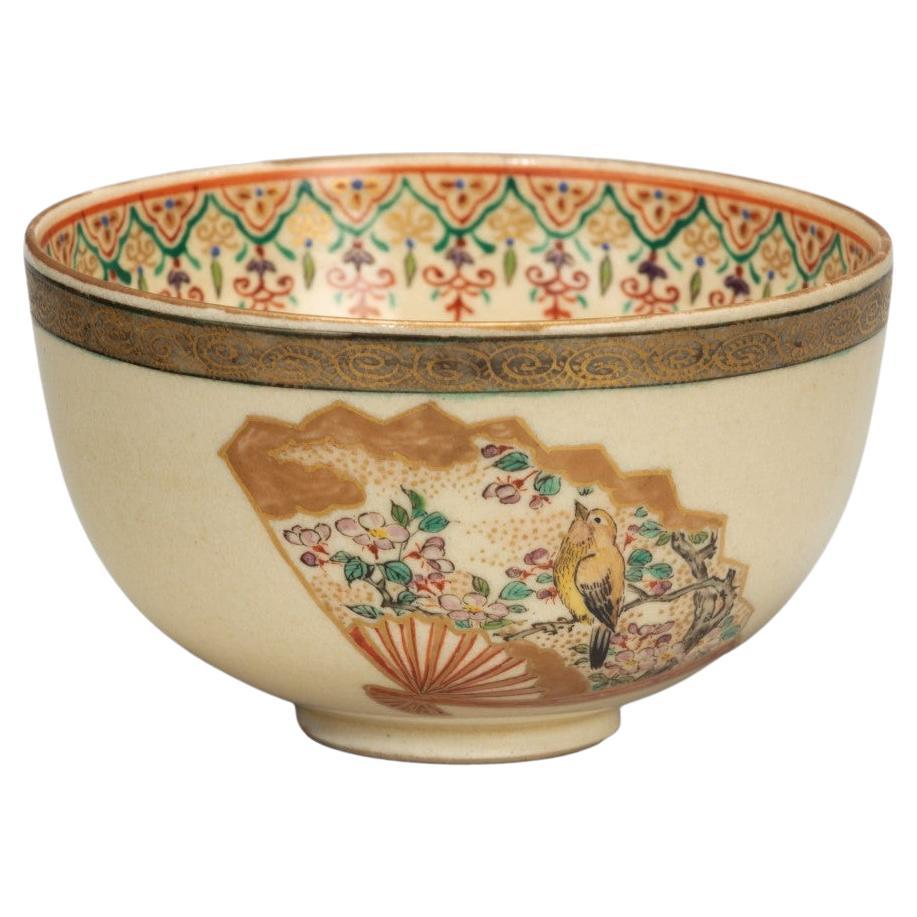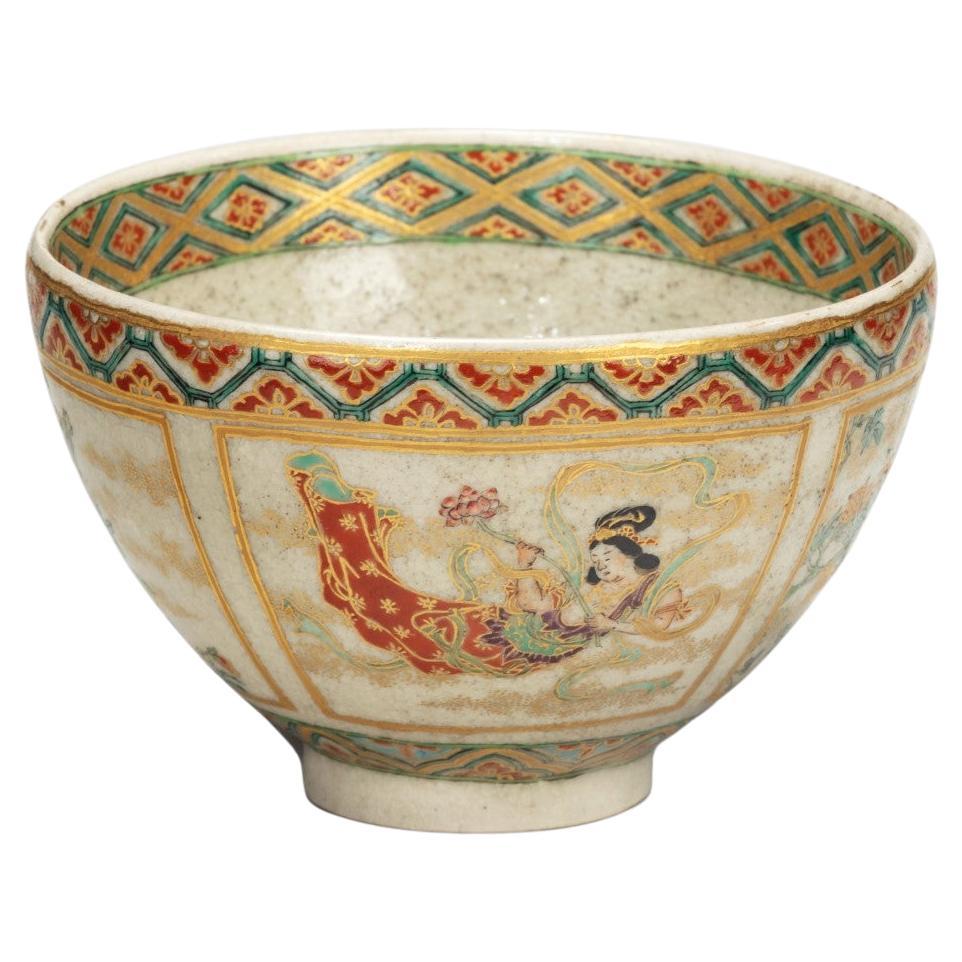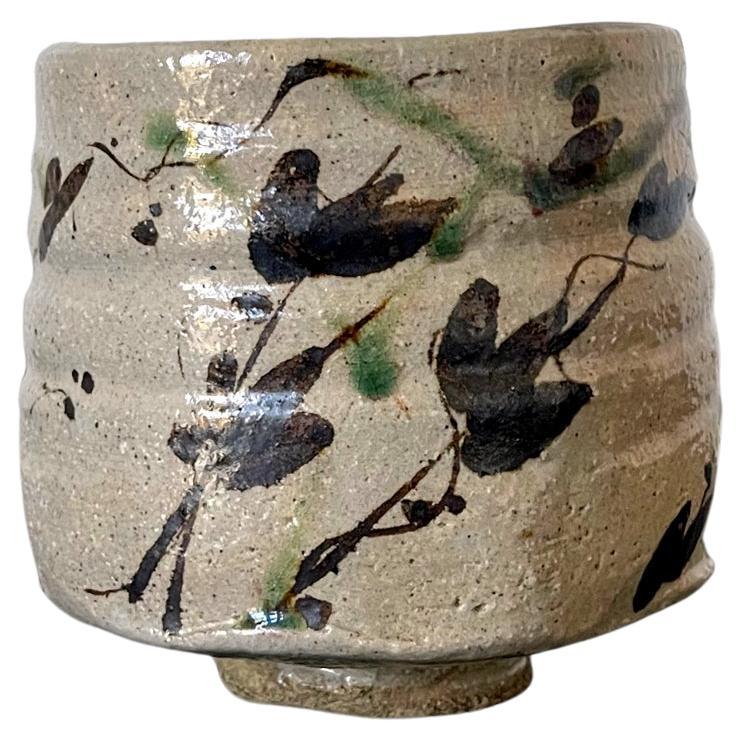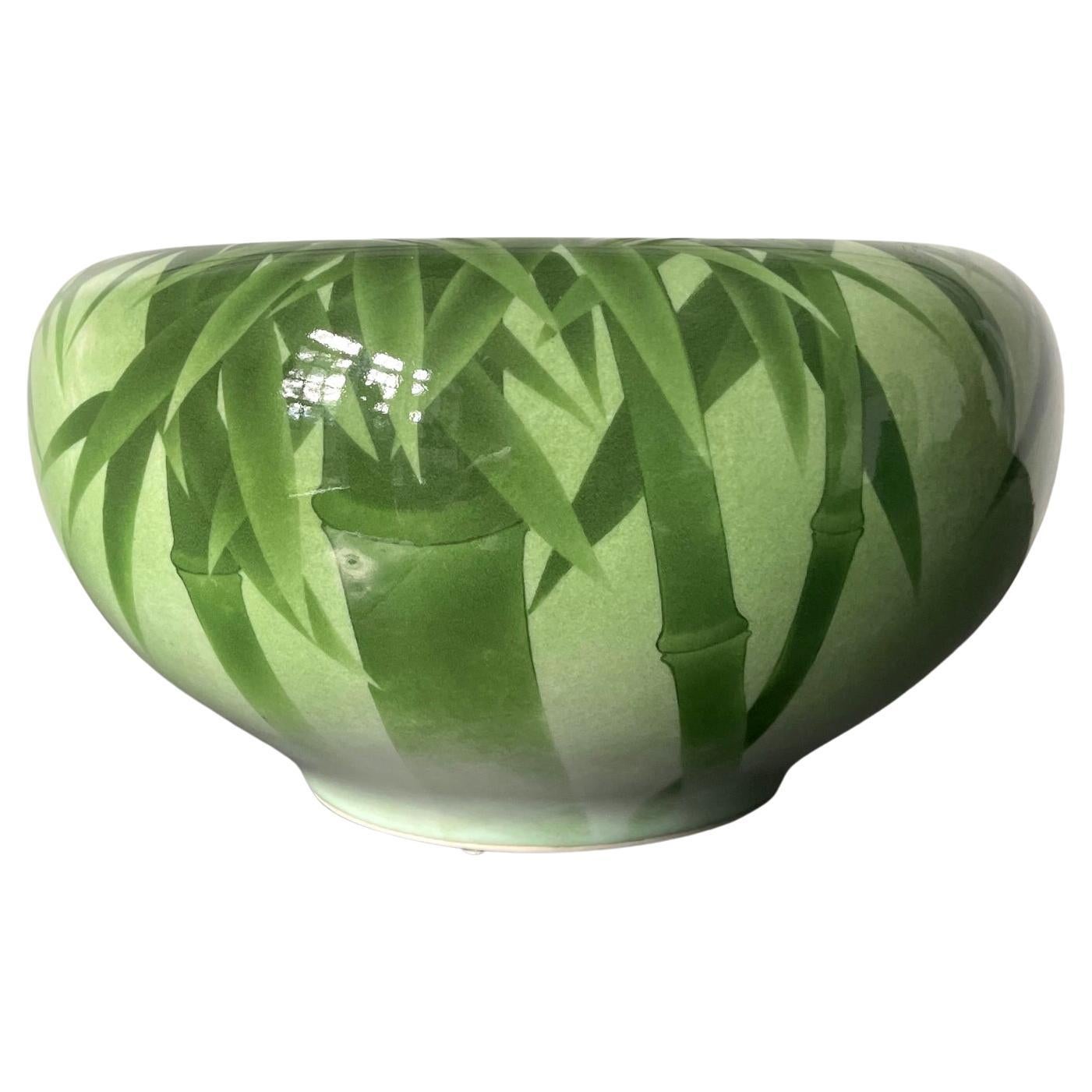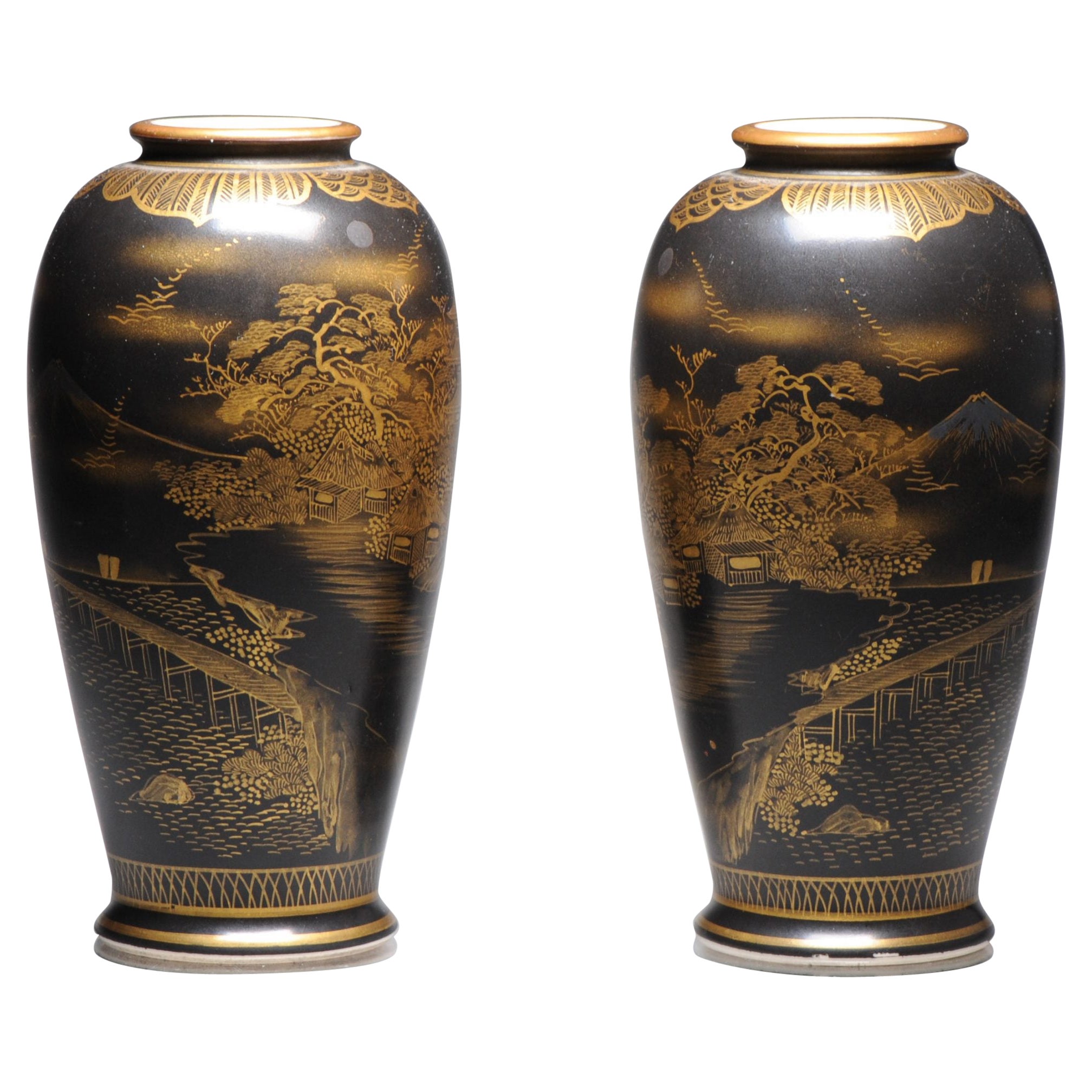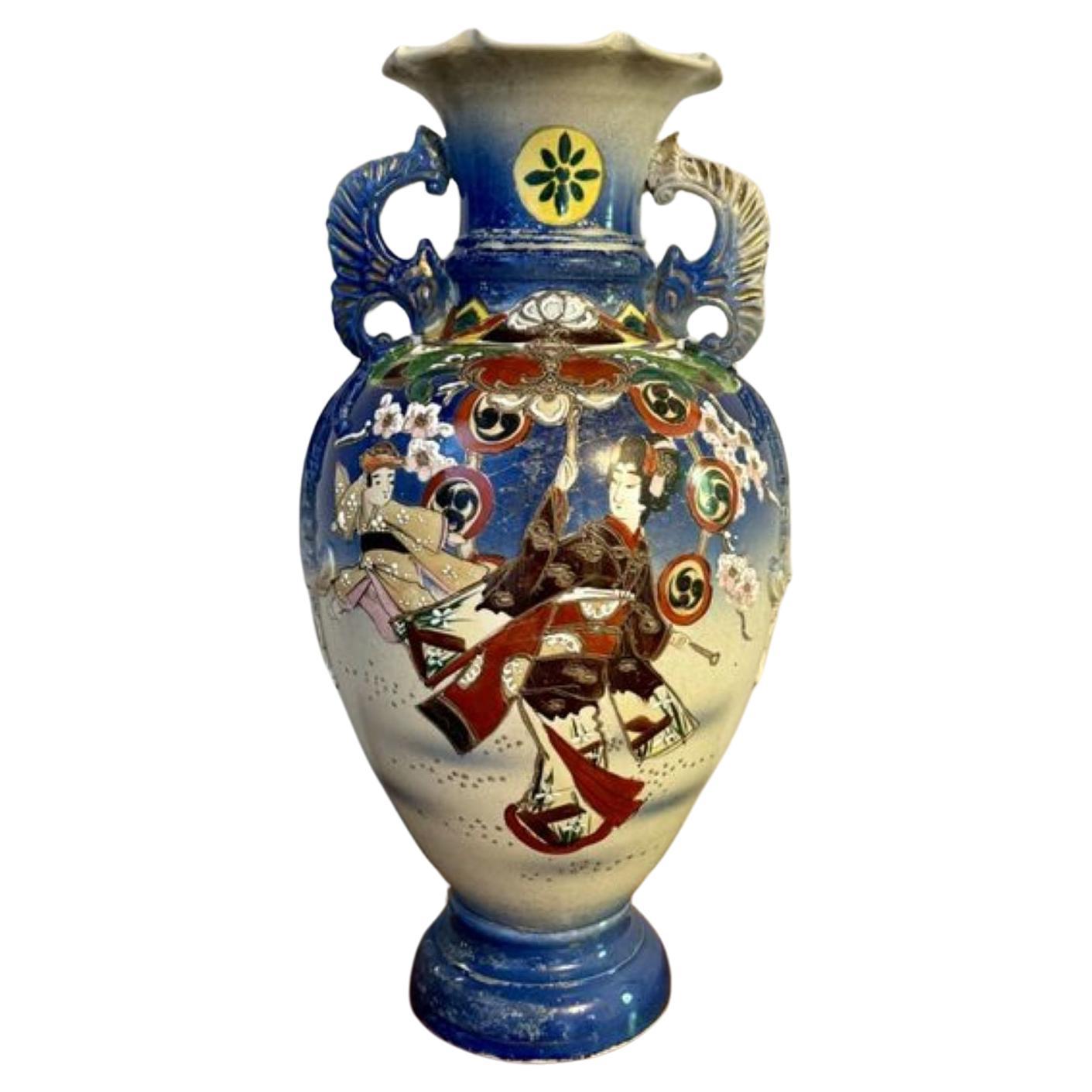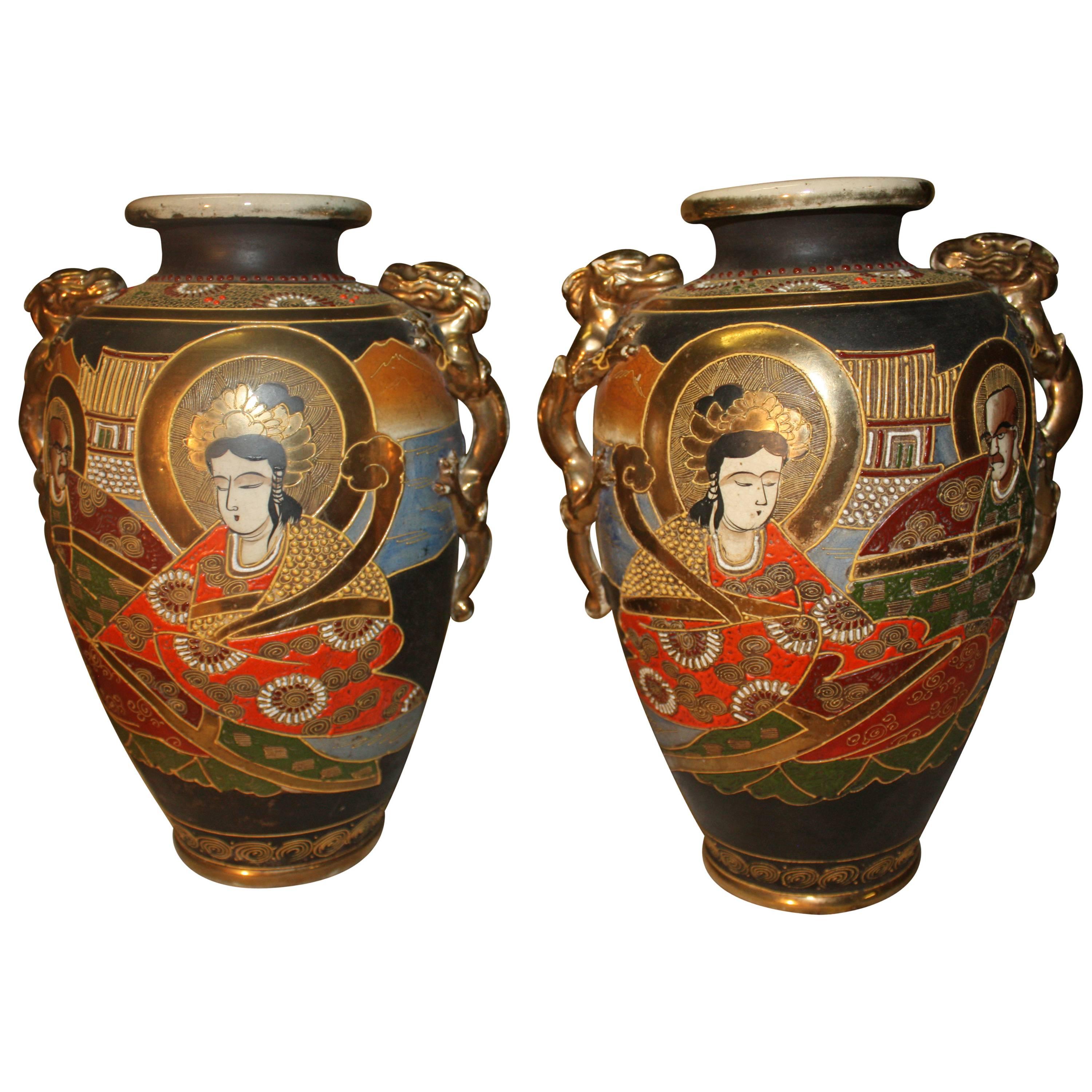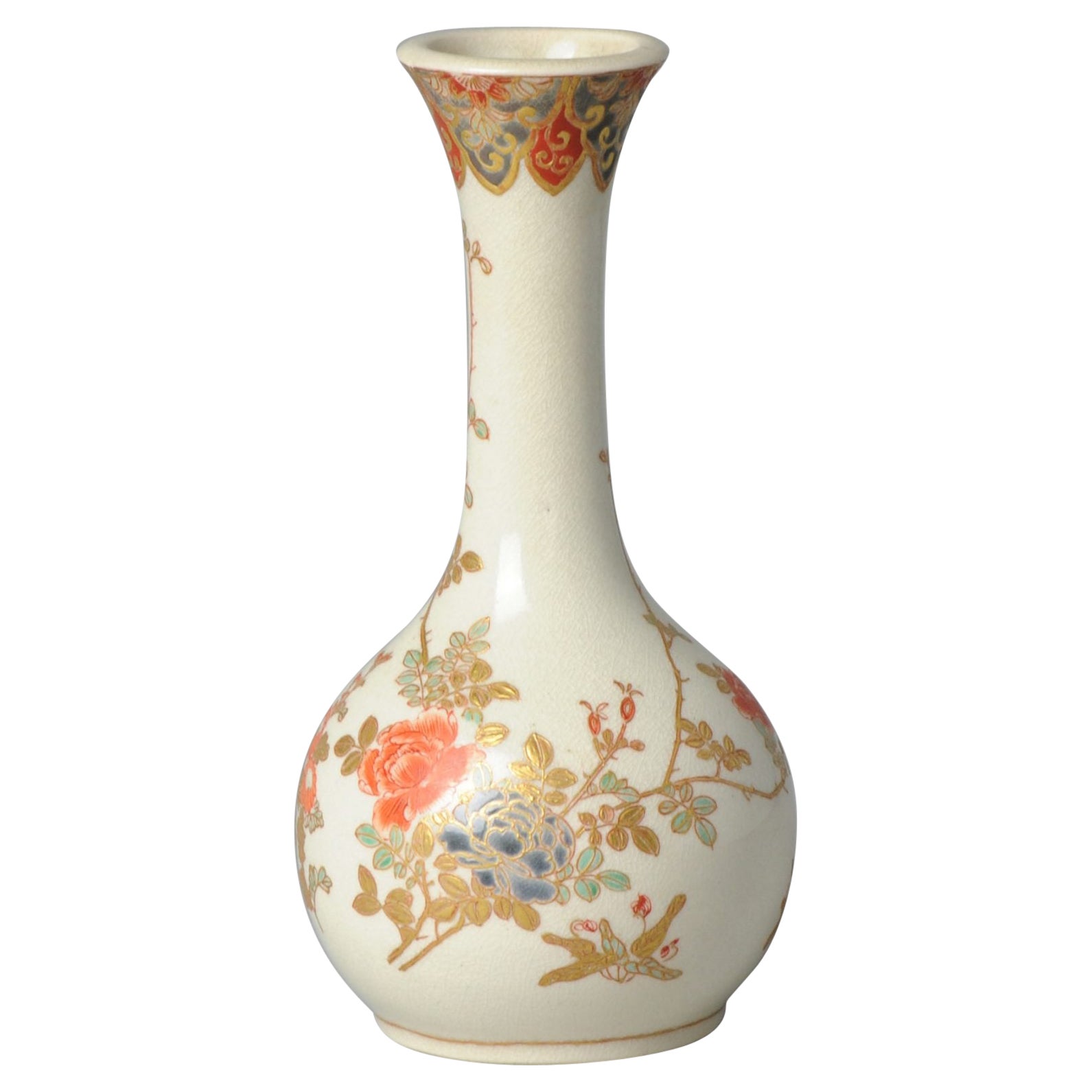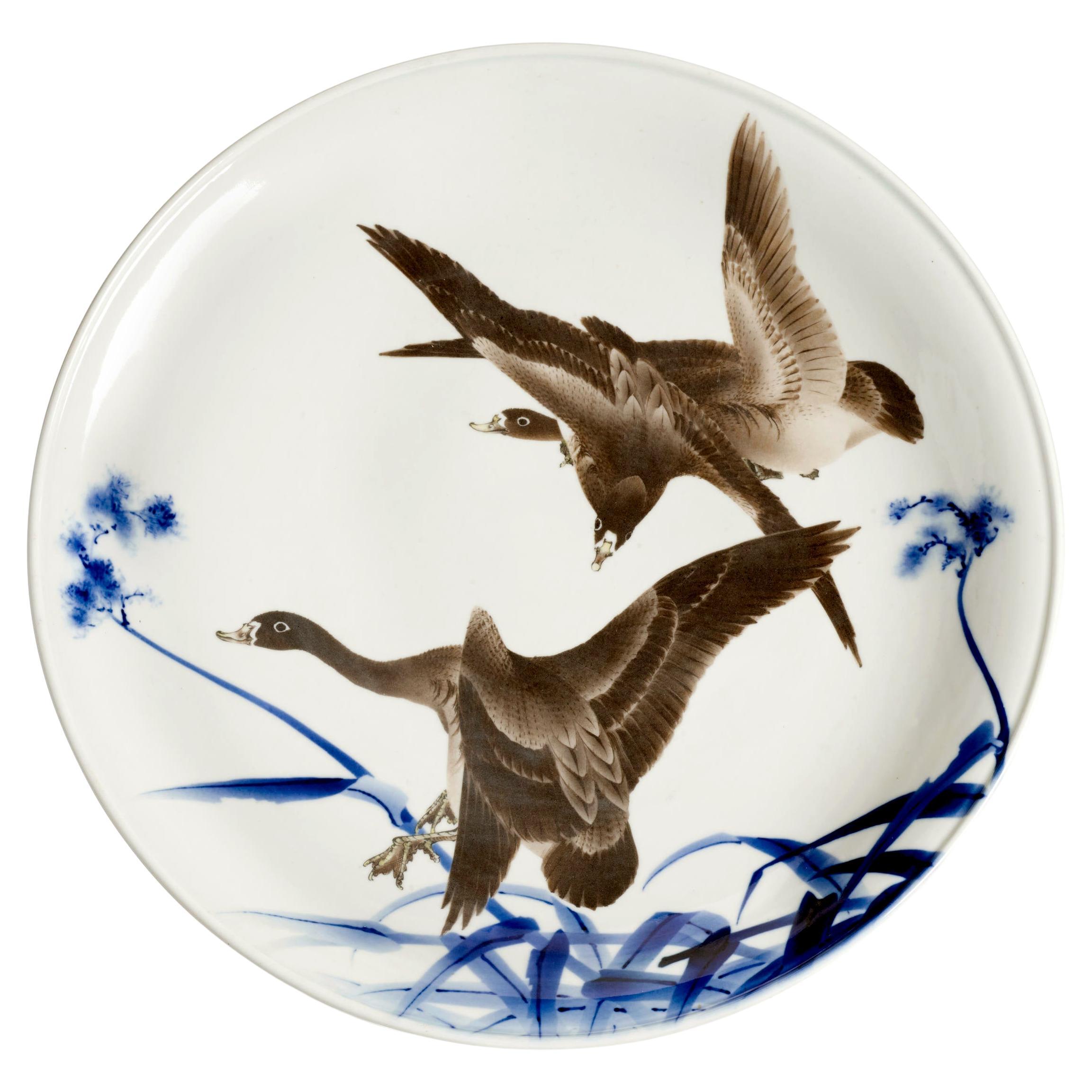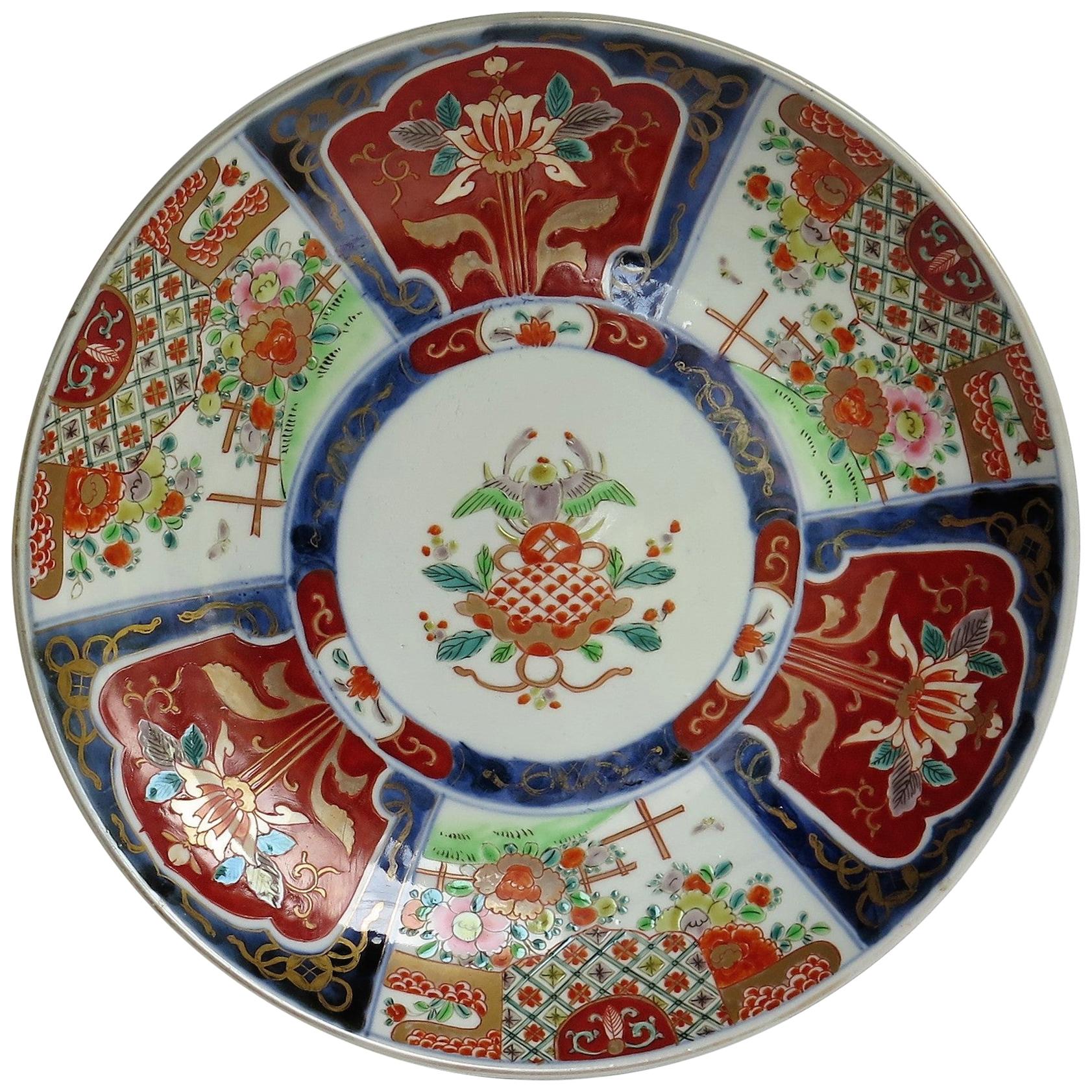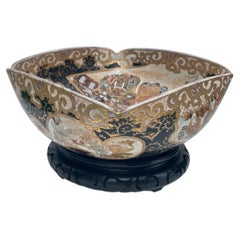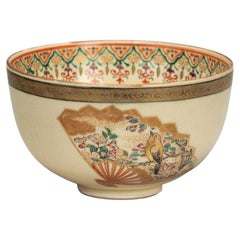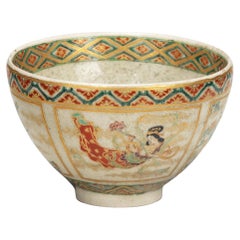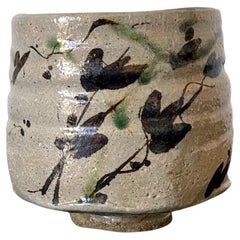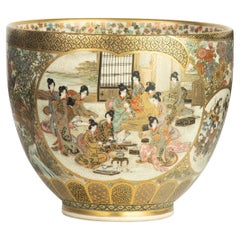
Fine Quality Japanese Satsuma Bowl by Genzan
View Similar Items
Video Loading
1 of 7
Fine Quality Japanese Satsuma Bowl by Genzan
About the Item
- Dimensions:Height: 4 in (10.16 cm)Diameter: 4.75 in (12.07 cm)
- Style:Meiji (Of the Period)
- Materials and Techniques:
- Place of Origin:
- Period:
- Date of Manufacture:1895
- Condition:Wear consistent with age and use.
- Seller Location:Christchurch, GB
- Reference Number:1stDibs: LU8622234032262
Authenticity Guarantee
In the unlikely event there’s an issue with an item’s authenticity, contact us within 1 year for a full refund. DetailsMoney-Back Guarantee
If your item is not as described, is damaged in transit, or does not arrive, contact us within 7 days for a full refund. Details24-Hour Cancellation
You have a 24-hour grace period in which to reconsider your purchase, with no questions asked.Vetted Professional Sellers
Our world-class sellers must adhere to strict standards for service and quality, maintaining the integrity of our listings.Price-Match Guarantee
If you find that a seller listed the same item for a lower price elsewhere, we’ll match it.Trusted Global Delivery
Our best-in-class carrier network provides specialized shipping options worldwide, including custom delivery.You May Also Like
Japanese Meiji Period Satsuma Large Square Bowl Centerpiece
By Satsuma
Located in Vero Beach, FL
Japanese Meiji Period Satsuma large square bowl
Antique early Meiji Period 15" square with scalloped rim Satsuma bowl. Highly unusual and finely painted. ...
Category
Antique 19th Century Japanese Meiji Ceramics
Materials
Ceramic
$4,160 Sale Price
20% Off
Small Satsuma Earthenware Bowl
Located in Lymington, Hampshire
A small Satsuma earthenware bowl, painted in overglaze enamels and gilt with three fans. Japanese, circa 1900.
Measures: Height 2 inches Diamete...
Category
Antique Early 1900s Japanese Ceramics
Materials
Ceramic
Small Satsuma Earthenware Tea Bowl
Located in Lymington, Hampshire
A small Satsuma earthenware tea bowl, the speckled greyish body decorated with four panels of alternating bijinand flowers, painted in overglaze en...
Category
Antique Early 1900s Japanese Ceramics
Materials
Ceramic
Japanese Mino Ware Oribe Type Chawan Tea Bowl
Located in Atlanta, GA
A Japanese Kutsu-gata (clog-shaped) chawan (tea bowl) circa 19th century possibly older. The stoneware bowl potted from buff clay has a slight irregular shape and an unusual depth for a tea bowl. Of Mino ware...
Category
Antique 19th Century Japanese Meiji Ceramics
Materials
Ceramic
Japanese Ceramic Centerpiece Bowl Makuzu Kozan Meiji Period
By Makuzu Kozan
Located in Atlanta, GA
A beautiful ceramic vessel in the form of Bo, the so-called monk's alms bowl from the studio of Japanese Potter Makuzu Kozan, also known as Miyagawa Kozan (1842–1916), one of the most established and collected ceramist from Meiji Period. Born as Miyagawa Toranosuke, Kozan established his pottery studio in Yokohama circa 1870s and later became one of the appointed artists to the Japanese Imperial household. His work was exhibited in many international fairs that the Meiji government participated at the turn of the century and won many grand prizes.
Of a relatively large size, this piece was made as a decorative center piece for display. It was brilliantly decorated with underglaze paint of a green-on-green bamboo motif, using the novel technique developed by Kozan called Fuki-e (the blow painting). As a result, the bamboos appear took on a three-dimensional quality as if appearing in a mist. Known as one of the most creative ceramists, circa 1887, Kozan started experimenting with new chemical colors from the West in the format of his porcelain glaze. New colors allowed him to create underglaze design that appeared bright, smooth and glossy. To create design that is realistic and dimensional, more common in the western paintings, he was inspired by the native Japanese ink painting technique developed around 1900 by Yokoyama Taikan...
Category
Antique Early 1900s Japanese Japonisme Ceramics
Materials
Ceramic
Antique Pair 19C Japanese Satsuma High Quality Black Vases Landscape Uchida
Located in Amsterdam, Noord Holland
Description
A pair of Japanese Satsuma black-ground vases, Uchida marks, Meiji/Taisho period
Of ovoid form with everted rims, painted in gilt with scenes of Mount Fuji against a bl...
Category
Antique 19th Century Japanese Meiji Ceramics
Materials
Porcelain
$1,757 Sale Price / set
20% Off
Recently Viewed
View AllMore Ways To Browse
Satsuma Bowl
Japanese Satsuma Bowl
Antique Chawan
Antique Satsuma Bowl
Meiji Satsuma Bowl
Japanese Meiji Period Satsuma Bowl
Enameled Bowls
Kraak Wanli
Magpie Antique
Qing Qianlong Bowl
Antique Celadon Pottery
Antique Chinese Prunus
Eight Immortals
Yuan Dynasty Porcelain
Antique Celadon Bowl
Antique Satsuma Marks
Asian Wooden Bowl
Chinese Porcelain Incense
